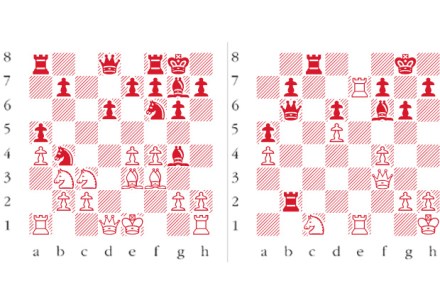No. 247 | 3 January 2013
White to play. This position is from Kramnik-Kasparov, World Championship, London (Game 2) 2000. Kasparov has been struggling to hold a difficult endgame, a pawn down and has now just blundered. How did Kramnik finish off? Answers to me at The Spectator by Tuesday 8 January or via email to victoria@spectator.co.uk or by fax on





















